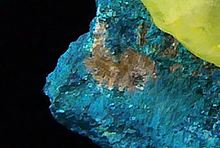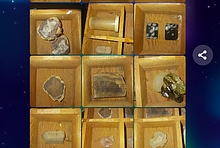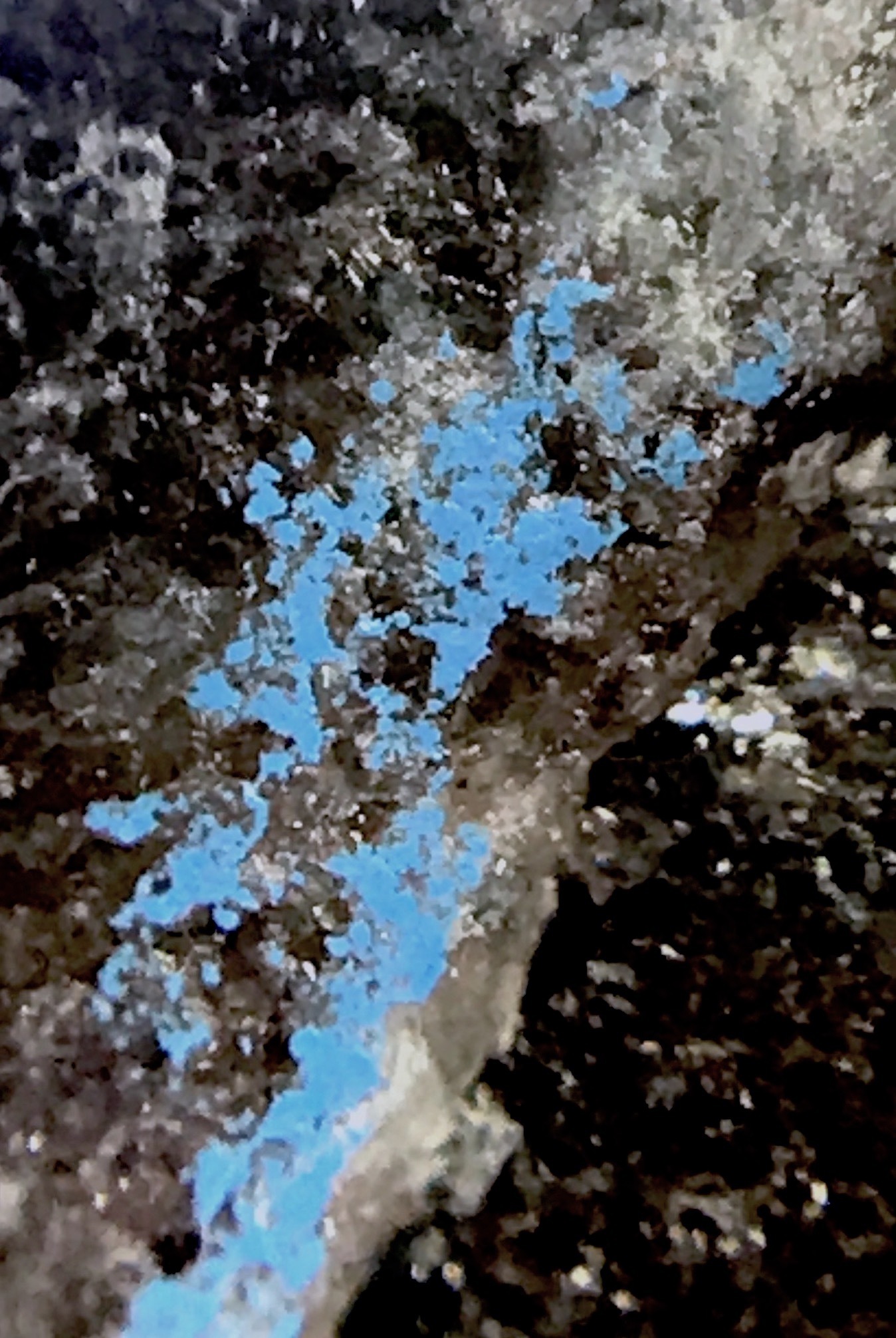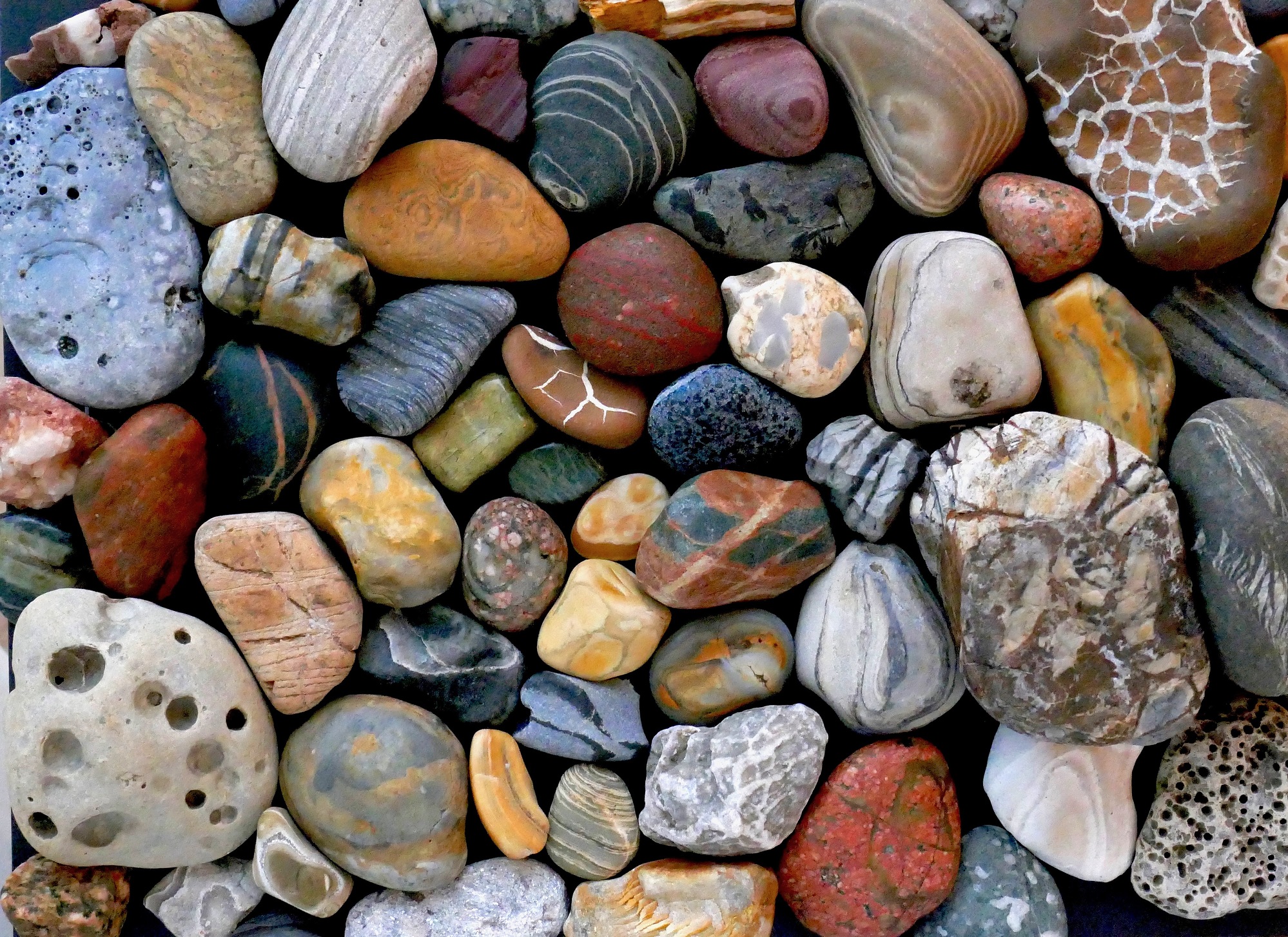Home PageAbout MindatThe Mindat ManualHistory of MindatCopyright StatusWho We AreContact UsAdvertise on Mindat
Donate to MindatCorporate SponsorshipSponsor a PageSponsored PagesMindat AdvertisersAdvertise on Mindat
Learning CenterWhat is a mineral?The most common minerals on earthInformation for EducatorsMindat ArticlesThe ElementsThe Rock H. Currier Digital LibraryGeologic Time
Minerals by PropertiesMinerals by ChemistryAdvanced Locality SearchRandom MineralRandom LocalitySearch by minIDLocalities Near MeSearch ArticlesSearch GlossaryMore Search Options
The Mindat ManualAdd a New PhotoRate PhotosLocality Edit ReportCoordinate Completion ReportAdd Glossary Item
Mining CompaniesStatisticsUsersMineral MuseumsClubs & OrganizationsMineral Shows & EventsThe Mindat DirectoryDevice SettingsThe Mineral Quiz
Photo SearchPhoto GalleriesSearch by ColorNew Photos TodayNew Photos YesterdayMembers' Photo GalleriesPast Photo of the Day GalleryPhotography
╳Discussions
💬 Home🔎 Search📅 LatestGroups
EducationOpen discussion area.Fakes & FraudsOpen discussion area.Field CollectingOpen discussion area.FossilsOpen discussion area.Gems and GemologyOpen discussion area.GeneralOpen discussion area.How to ContributeOpen discussion area.Identity HelpOpen discussion area.Improving Mindat.orgOpen discussion area.LocalitiesOpen discussion area.Lost and Stolen SpecimensOpen discussion area.MarketplaceOpen discussion area.MeteoritesOpen discussion area.Mindat ProductsOpen discussion area.Mineral ExchangesOpen discussion area.Mineral PhotographyOpen discussion area.Mineral ShowsOpen discussion area.Mineralogical ClassificationOpen discussion area.Mineralogy CourseOpen discussion area.MineralsOpen discussion area.Minerals and MuseumsOpen discussion area.PhotosOpen discussion area.Techniques for CollectorsOpen discussion area.The Rock H. Currier Digital LibraryOpen discussion area.UV MineralsOpen discussion area.Recent Images in Discussions
Identity HelpTurquoise on beach rocks?

16th Feb 2020 17:14 UTCBernadette G
I wondered if it is turquoise, even though, the blue seems more baby-blue than turquoise.
Through my little toy, a - clip-onto the phone - microscope (approx. 30x) it just looks like blobs of paint. Of course, a good microscope would show better detail, sorry.
One rock is a glassy quartz type rock another one is just a hard grey rock with still harder black banding. There, the blue growth is concentrated in the area of the protruding black material.
Scratching just the mineral on the quartz, leaves a very light blue powder on the scratch plate. I tried to replicate this with the grey rock, but there just isn't enough of the mineral to see any powder. Scratching the quartz against the porcelain, leaves white-grey matter on both. I think they're about the same hardness. The grey rock turns out to be much harder than I expected, the quartz doesn't scratch it and it leaves no residue on the porcelain.
Quartz type rock pictured above.
Thanks in advance for your help.
Continued below.




16th Feb 2020 21:15 UTCGianna Ragagnin
I think it's definitely paint. We've a small boat, blue painted, and it leaves similar traces on rocks on the beach when we take it up from sea.
That banded grey boulder is quite beautiful indeed.

16th Feb 2020 23:31 UTCBernadette G
That banded grey boulder is quite beautiful indeed.
Thanks for saying so, but that rock is a pretty boring rock, as Lake Michigan rocks go.
Just look at the small sample above. Sure, these are much more humble than the crystallized minerals which is what this site is all about, but nevertheless, they are just what I really do like...
See if you can spot the slag.....

17th Feb 2020 06:35 UTCGianna Ragagnin

16th Feb 2020 21:24 UTCDonald B Peck Expert
Gianna beat me to it . . . I also think it may be paint. See if it scrapes off.
Don
16th Feb 2020 21:59 UTCKeith Compton 🌟 Manager

16th Feb 2020 23:15 UTCBernadette G
Thanks Gianna and Don!
Well, paint was my first thought when I found the first of these rocks. I started to doubt that after finding four or five other ones though. All of them were found over many years at different beaches, from between Door county in Wisconsin all the way to the Lake Michigan South shore, Indiana and over to the eastern shore up to Muskegon, Michigan.
Never found any white, green, red or black spotted rocks... and there plenty of boats with such paint. Go figure.
The odd thing is, that some of the blue - I don't call it paint quite yet, ;-) - is located within depressions in the rock. The quartz for example has a "deep valley" full of these blue spots. The same is true for at least some of the other blue spotted rocks.
It definitely doesn't rub off. I scrubbed the quartz with a stiff brush, and while I'm not hundred percent sure, it didn't seem to have made a difference to the blue. The rock is still blue in those areas.
On the other hand, the blue material does leave the tiniest bit of very light blue residue when scratched hard on the porcelain plate. Blue material still remains on the rock though. So you guys are definitely right, it can't be turquoise, which I learned now, after belatedly looking it up, leaves a WHITE streak. So it definitely cannot be turquoise!
After thinking about it, the "paint" (here, I said it) in the depressions, probably is due to the continuous tumbling that the rocks experience, and the paint gets worn off on the more exposed areas.
Maybe it's time to call it "paint" after all. Live and learn. ` \_(ツ)_/´
Thanks again!
Thanks again!
17th Feb 2020 00:02 UTCPaul Brandes 🌟 Manager
If you're brave, you could get yourself some paint thinner and sacrifice one to see if it softens it or completely removes it after a while.

17th Feb 2020 00:20 UTCBernadette G
Yes, this occurred to me too. I went rummaging in the basement, sure to find paint thinner among the paint cans as in the past. But, it seems that we do not have any paint thinner any longer and duh, all the paint jars I found contain low VOC, water soluble latex paints. Oh well..
I'm pretty sure now that it's indeed...paint, not some exceedingly rare blue mineral with a light blue streak, nobody ever heard of.... ;-)
Thank you, Paul!
17th Feb 2020 17:08 UTCGregg Little 🌟
See if you can spot the slag.....
Would they be the ones (off white and blue-grey) on the left side of the picture with the small bubble-like cavities?Cheers, Gregg

17th Feb 2020 19:00 UTCBernadette G
Would they be the ones (off white and blue-grey) on the left side of the picture with the small bubble-like cavities?
Yeah, the bubbles are a dead giveaway, for sure.
SE WI slag by the way, not regionally famous "Leland Blue" from MI.
____________________________________________________________________________________________________
*Edited to clarify above.
After reading Ed Cloptons comment below, I now see that your answer is actually quite ambiguous. You used the plural and mention the colors blue-grey and off white, yet specify "small bubble-like cavities" The off white rock clearly has huge pebble impressions, not small bubbles.
So I originally read your answer to mean just the top left bluish-grey with off white rock with the small bubbles to be the slag, not the limestone at the bottom left, on which weathered out pebbles left huge holes behind.
Anyway, thanks for playing, Gregg!

18th Feb 2020 00:04 UTCEd Clopton 🌟 Expert
We have a lot of neat rocks here in Maine, but the gravel is all grey! I really do miss the colorful smorgasbord of rocks in the glacial gravels of the upper Midwest. Your photo of Lake Michigan pebbles takes me back!
The grey rock with bubbles at upper left looks like slag, but the lighter one with larger, more uniform holes at lower left could very well be limestone with holes naturally weathered out. I have seen similar-appearing ones in Midwestern gravel before that certainly aren't slag. A quick test with acid (vinegar, HCl, etc.) on a corner of the rock would do no lasting harm and would settle the question: bubbles = limestone; no bubbles = maybe slag, maybe something else.

18th Feb 2020 03:16 UTCBernadette G
You're absolutely correct. Only the bluish rock in the top left corner is slag. The lower left rock is just limestone that I think lost a lot of pebbles which left the huge holes behind. Surely they cannot be described as small bubbles.
But there it is, I'm now still not quite sure if Gregg meant both the rocks in the two left corners, or just the bluish one on the top left...
Anyway, I totally understand missing the rocks of places in one's past. I still miss the smooth, black basalts with super white quartz veins we found in the rivers and creeks, back in Switzerland where I grew up. As kids we would spend hours collecting them in huge numbers and creating simple to complex patterns and designs.
18th Feb 2020 15:34 UTCGregg Little 🌟
I misunderstood the slag question as plural and I was sure the upper left one was slag and made the assumption that the other one (limestone) as also slag. My bad, but in my defense, not having it in hand I couldn't test as Ed mentioned above.
Regarding the limestone, since it apparently is that rock type, the cavities are likely not "pebbles" eroded out but fossil voids or possibly mineral-filled fossil voids that were softer (gypsum?) and that has weathered out. Again, don't quote me on this as I don't have the sample in hand. If you wet the stone and, with magnification, check for fossil structures like shell fragments then you will likely have your answer for the voids.
18th Feb 2020 05:04 UTCDana Slaughter 🌟 Expert
That is one gorgeous photo Bernadette! That would look great in my mineral den!
Thanks for sharing,
Dana

18th Feb 2020 14:47 UTCBernadette G
That would look great in my mineral den!
Dana, you realize, that some people on this site would consider that blasphemy... ;-)
Pebbles!!!
You're welcome Dana, glad you like my colorful rocks!

19th Feb 2020 07:35 UTCGianna Ragagnin
Bernadette,
I'm not a professional geologist but for sure I'll not consider these rocks just pebbles. Yor're growing a nice collection!
Self I'm growing a collection of small glacial erratics I find in both moraine and the esker running through my town; they're often colorful and very diverse.
There's a fairly wide variety of rocks, for some of them it's even possible to guess where they're coming from, given the ice sheet and esker's flow direction, together with the bedrock map and some samples we've at our local rockhound club for comparison.
It's very fascinating to realize how long some rocks have travelled.
Some others have a unique appearance and I wish I could do some analyses to find out what they're.

18th Feb 2020 09:15 UTCStan Perry
Love the Lake rocks. If you were to find some fluorescent ones and create a catchy name like say whooperlite, you could probably start marketing those. ;)

18th Feb 2020 15:20 UTCBernadette G
If you were to find some fluorescent ones and create a catchy name like say whooperlite, you could probably start marketing those. ;)
You're probably right, I could...argh!
Actually, I've heard that people have found fluorescent sodalite at Great Lakes beaches. Alas, I have never ever in more than 30 years of very casual rockhounding, found any sodalite, fluorescent or not.
And no, the last thing I'd want to do is hawking rocks on ebay. The whole point of beachcombing for me is how it's such an utter "waste of time".
Also, I've only bought one single "rock" in my life. When we thought we might move back to Europe, I wanted something unique from Illinois to bring back. So I bought a lovely pyrite sun at Dave's Rock Shop in Evanston. Well, after all these years we're still here... but glad I did buy it, I do love that piece.

18th Feb 2020 15:53 UTCAlan Pribula
18th Feb 2020 16:22 UTCPaul Brandes 🌟 Manager

20th Feb 2020 12:24 UTCStan Perry
Actually I was being tongue in cheek with my response. Whooperlite was a reference to the made up name "Yooperlite" As well as the crazy amount of made up names going on in parts of the mineral business right now.
Stan

20th Feb 2020 15:42 UTCBernadette G
All this happens because the UP and other rural areas around the Great Lakes not having much of an economy other than the rock/fossil cottage-industry.
These are people just trying to make a living by "hunting and gathering" and cutting and polishing rocks into gems. I wouldn't be surprised to learn that the "dealer" in Tucson is the same person who discovered the presence of these fluorescent rocks at Lake Superior beaches in the first place, spent all summer collecting buckets of them and gave them the name Yooperlites. Time consuming and backbreaking work, by the way. If he didn't collect them himself, he had to pay kids or his neighbors for it. No matter, whoever bought them surely got their money's worth. No?
21st Feb 2020 05:29 UTCGregg Little 🌟
I am not opposed to how one makes a living and some of us struggle more than others; having been a prospector I can appreciate the hard work. I would like to trust, but I think it is only wishful thinking, that the people who sell rocks with made-up names would also explain to the consumer what the rock really is .
This propensity to make up names is not exclusive to those trying to eek out a living by rock hounding, cutting and polishing. Take the recent "red emerald" term used for the red beryl variety bixbite. Calling it red emerald is not to describe a new variety of beryl but to cash in on the prestige of emerald with a presumptuous bit of marketing. I noticed that the AGTA (American Gem Trade Association) has adopted the name for marketing purposes or as they put it "to promote this term to the public".
Sarcastically, what's next yellow emerald, pink emerald and aquamarine emerald? But I digress and apologize for ranting and hijacking your thread with the gorgeous photo of the glacially sourced beach pebble "smorgasbord".
Regards, Gregg




Mindat.org is an outreach project of the Hudson Institute of Mineralogy, a 501(c)(3) not-for-profit organization.
Copyright © mindat.org and the Hudson Institute of Mineralogy 1993-2024, except where stated. Most political location boundaries are © OpenStreetMap contributors. Mindat.org relies on the contributions of thousands of members and supporters. Founded in 2000 by Jolyon Ralph.
Privacy Policy - Terms & Conditions - Contact Us / DMCA issues - Report a bug/vulnerability Current server date and time: April 18, 2024 02:17:15
Copyright © mindat.org and the Hudson Institute of Mineralogy 1993-2024, except where stated. Most political location boundaries are © OpenStreetMap contributors. Mindat.org relies on the contributions of thousands of members and supporters. Founded in 2000 by Jolyon Ralph.
Privacy Policy - Terms & Conditions - Contact Us / DMCA issues - Report a bug/vulnerability Current server date and time: April 18, 2024 02:17:15
















